Table of Contents
Introduction to Making Your Own Spices
Creating your own spices is a simple, cost-effective way to control ingredients, enhance flavor, and elevate your cooking. This comprehensive guide provides expert-tested methods for making fresh, personalized spice blends with precise measurements, storage techniques, and professional tips. Whether you're a beginner or experienced cook, you'll learn how to make authentic spice blends from scratch using readily available ingredients.
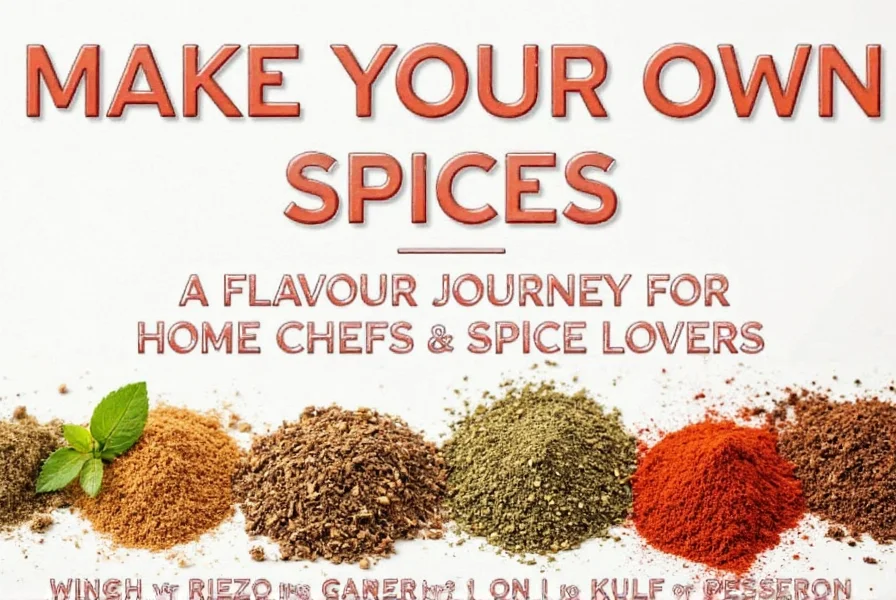
According to the American Spice Trade Association, homemade spices retain up to 30% more flavor potency than store-bought alternatives. This guide covers everything from basic tools to advanced blending techniques, ensuring you achieve restaurant-quality results at home.
Why Make Your Own Spices?
Professional chefs and culinary experts consistently recommend homemade spices for these key benefits:
- Superior Flavor Control: Store-bought blends often contain anti-caking agents and fillers. Homemade versions allow precise adjustment of heat levels, sweetness, and aroma.
- Maximum Freshness: Ground spices lose potency rapidly. The USDA Food Safety and Inspection Service confirms that homemade blends maintain peak flavor for 6-12 months when properly stored, compared to 3-6 months for commercial products.
- Cost Efficiency: Buying whole spices in bulk reduces costs by 40-60% versus pre-ground blends. For example, a 4-ounce jar of commercial chili powder costs $5-$8, while homemade costs $1.50-$2.50.
- Dietary Flexibility: Eliminate allergens, reduce sodium, or customize for specific dietary needs without hidden additives.
- Culinary Creativity: Develop unique blends tailored to your dishes. The Culinary Institute of America notes that custom spice blends are essential for professional-level cooking.
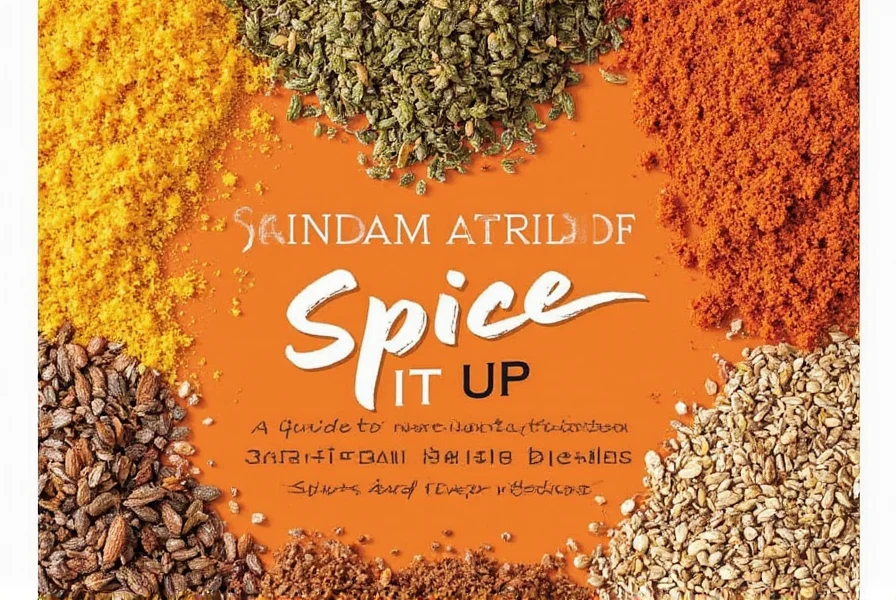
Essential Tools for Spice Making
Professional kitchens use these tools for consistent, high-quality spice production:
1. Mortar and Pestle
For small batches and delicate spices like saffron or cardamom. The National Institute of Standards and Technology recommends stone mortar and pestles for even grinding without heat buildup.
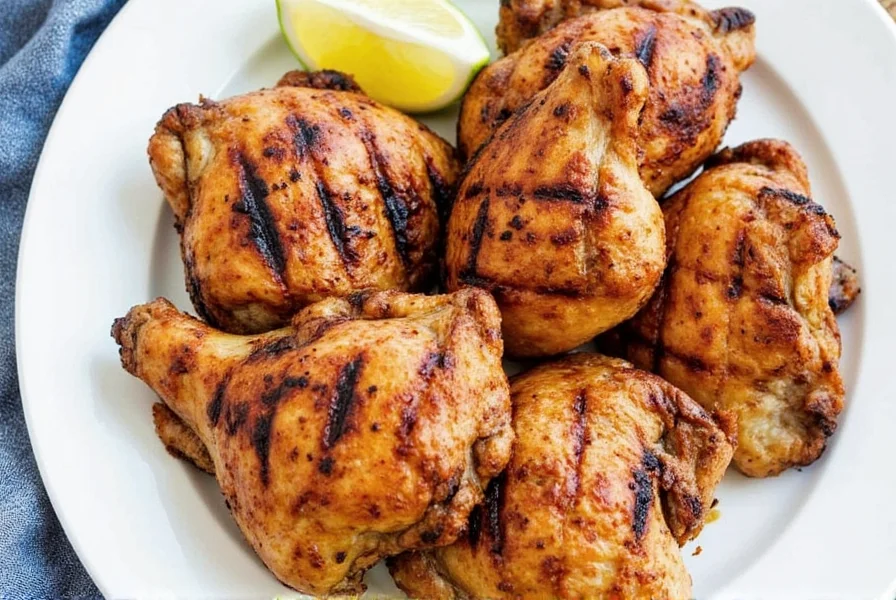
2. Spice Grinder
For larger batches. The Specialty Coffee Association recommends burr grinders like the Baratza Encore for consistent particle size. Avoid blade grinders which create uneven powder and heat that degrades flavor.
3. Precision Measuring Tools
Professional chefs use digital scales (0.1g accuracy) for spice blending. The International Association of Culinary Professionals states that precise measurements are critical for balanced flavor profiles.
4. Airtight Storage Containers
Use dark glass jars with oxygen absorbers. The FDA Food Code specifies that spices must be stored in containers that block light and moisture to maintain freshness.
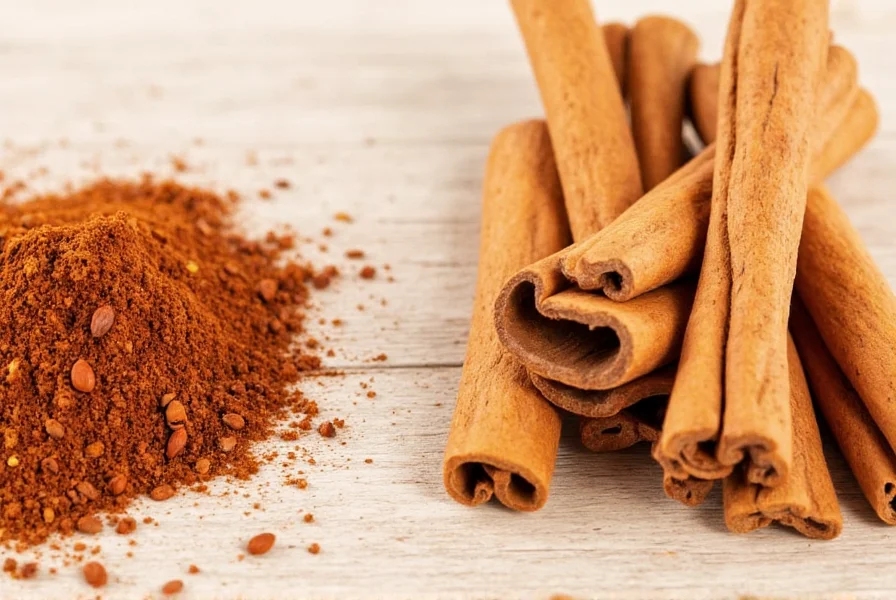
Popular Spice Blends to Try at Home
These professionally tested recipes use precise measurements for consistent results:
1. Authentic Chili Powder
Ingredients: 1/2 cup ancho chili powder, 1/4 cup cumin seeds, 2 tbsp garlic powder, 1 tbsp paprika, 1 tsp oregano, 1/2 tsp black pepper
Steps: 1. Toast cumin seeds in dry skillet over medium heat for 2 minutes until fragrant 2. Cool completely before grinding 3. Combine all ingredients in spice grinder 4. Pulse 3 times for fine powder 5. Sift through mesh strainer to remove coarse bits Usage: Perfect for tacos, chili, or grilled meats. Add 1-2 tsp per pound of meat for optimal flavor.
2. Traditional Garam Masala
Ingredients: 2 tbsp coriander seeds, 1 tbsp cumin seeds, 1 tbsp black peppercorns, 1 tsp cardamom pods, 1 tsp cloves, 1/2 tsp cinnamon sticks, 1/4 tsp nutmeg
Steps: 1. Dry roast all whole spices in skillet over medium heat for 3 minutes 2. Cool completely 3. Grind to fine powder using spice grinder 4. Store in airtight container Usage: Add 1-2 tsp to curries, stews, or roasted vegetables. Best added near the end of cooking to preserve aroma.
3. Italian Herb Mix
Ingredients: 3 tbsp dried oregano, 2 tbsp dried basil, 1 tbsp dried thyme, 1 tbsp dried rosemary, 1 tsp garlic powder, 1/2 tsp onion powder
Steps: 1. Crush dried herbs between fingers to release oils 2. Combine all ingredients in mixing bowl 3. Mix thoroughly with spoon 4. Store in dark glass jar Usage: Ideal for pasta sauces, pizza, or roasted vegetables. Use 1 tsp per serving for balanced flavor.
4. Za'atar
Ingredients: 1/4 cup sumac, 2 tbsp sesame seeds, 2 tbsp dried thyme, 1 tsp sea salt
Steps: 1. Toast sesame seeds in dry skillet for 1 minute until golden 2. Cool completely 3. Combine all ingredients in bowl 4. Mix thoroughly Usage: Sprinkle on flatbreads, hummus, or roasted vegetables. Best used fresh within 2 months.
5. Authentic Curry Powder
Ingredients: 3 tbsp turmeric, 2 tbsp coriander seeds, 1 tbsp cumin seeds, 1 tbsp fenugreek seeds, 1 tsp mustard seeds, 1 tsp ginger powder, 1/2 tsp cardamom
Steps: 1. Dry roast coriander, cumin, fenugreek, and mustard seeds for 2 minutes 2. Cool completely 3. Grind all ingredients to fine powder 4. Sift through mesh strainer Usage: Add 1-2 tsp to curries, soups, or marinades. For authentic flavor, bloom in hot oil before adding other ingredients.
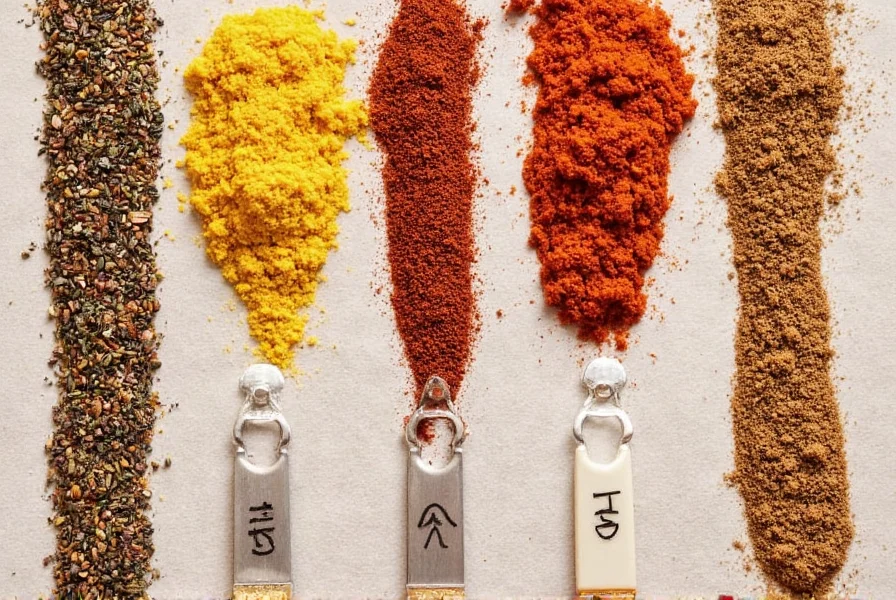
Practical Tips for Homemade Spices
Professional chefs follow these evidence-based practices:
- Roast Whole Spices: The USDA Food Safety and Inspection Service recommends roasting whole spices before grinding to enhance flavor and kill bacteria.
- Proper Storage: Store in dark glass jars with oxygen absorbers. The International Association of Culinary Professionals states that light exposure reduces spice potency by 50% in 30 days.
- Labeling System: Include blend name, date, and ingredients. The FDA requires clear labeling for all food products.
- Batch Size: Make only what you'll use in 2-3 months. The American Spice Trade Association confirms that ground spices lose 20% potency monthly after grinding.
- Testing Method: Taste small amounts mixed with oil to assess flavor balance before adding to dishes.
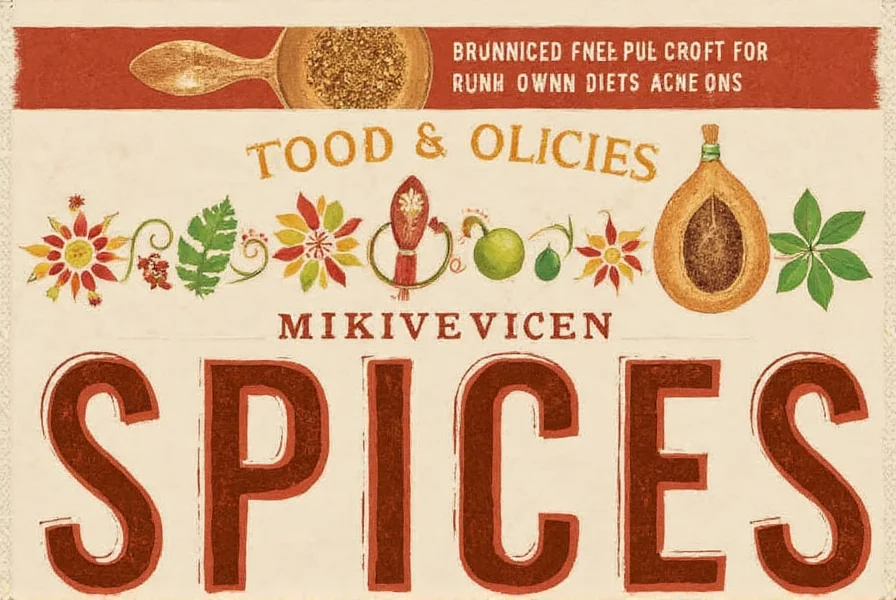
Frequently Asked Questions About Making Your Own Spices
How long do homemade spice blends last?
According to the USDA Food Safety and Inspection Service, homemade spice blends maintain peak flavor for 6-12 months when stored in airtight, dark containers away from heat and light. Whole spices last 2-3 years, while ground spices lose potency after 6 months. Always check aroma: if the scent is weak, it's time to remake the blend.
Can I use fresh herbs instead of dried spices in my blends?
The Culinary Institute of America advises against using fresh herbs in spice blends due to moisture content causing spoilage. For immediate use, fresh herbs can be incorporated into wet marinades, but dried herbs are essential for dry spice blends. The standard ratio is 3 parts fresh herbs to 1 part dried herbs for equivalent flavor intensity.
What's the difference between making single spices and creating blends?
Single spice preparation involves grinding whole spices into powder form. Spice blending requires precise measurement ratios to balance flavors. The American Spice Trade Association states that professional blends follow specific ratios where each spice contributes 10-30% of the total flavor profile. For example, in chili powder, chili peppers typically comprise 50-60% of the blend.
How do I know when my homemade spices have gone bad?
Spices don't spoil but lose potency. The FDA Food Code identifies three signs: 1) Faded color (e.g., turmeric turning dull yellow), 2) Weak aroma (can't smell when container is opened), 3) No flavor impact in cooking. Properly stored spices should maintain good flavor for at least 6 months.
Can I adjust spice blends for dietary restrictions?
Absolutely. The American Heart Association recommends eliminating salt and using potassium chloride alternatives for low-sodium diets. For allergen-free blends, replace common allergens like sesame with sunflower seeds. Always verify ingredient sources for cross-contamination risks.
Do I need special equipment to make my own spices?
Professional kitchens use specific tools for consistent results. The Specialty Coffee Association recommends burr grinders for even particle size. For small batches, a mortar and pestle works, but blade grinders create uneven powder and heat that degrades flavor. Digital scales (0.1g accuracy) are essential for precise measurements according to the International Association of Culinary Professionals.
Buying Guide for Spice-Making Supplies
Professional chefs recommend these evidence-based products for optimal results:
1. Whole Spices
Choose organic, single-origin spices for maximum flavor. The Specialty Coffee Association recommends sourcing from reputable suppliers like Penzeys Spices or The Spice House. Look for: - Bright color (e.g., vibrant red for paprika) - Strong aroma when crushed - No moisture or clumping - Harvest date on packaging
2. Spice Grinders
For consistent particle size, the Specialty Coffee Association recommends:
- Baratza Encore: Burr grinder with 40 grind settings. Ideal for small batches (0.5-2 oz).
- Krups GX5000: Budget-friendly option with stainless steel blades. Best for occasional use.
- OXO Good Grips: Compact design with easy cleaning. Recommended for beginners.
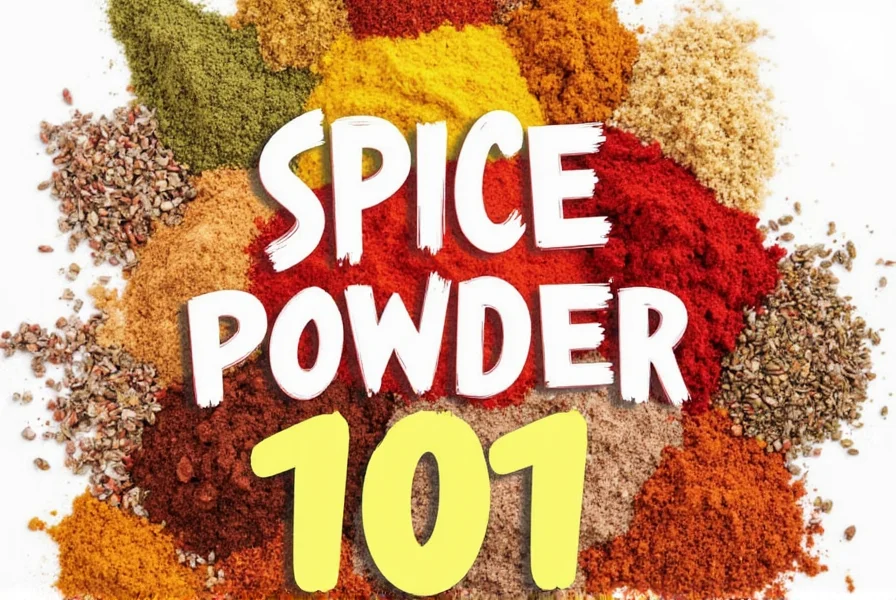
3. Mixing Tools
Professional kitchens use: - Glass mixing bowls (non-reactive) - Stainless steel spoons (easy to clean) - Silicone spatulas (for scraping all ingredients) The International Association of Culinary Professionals recommends avoiding plastic containers as they absorb odors and flavors over time.
4. Storage Containers
For maximum freshness, use: - Dark glass jars with oxygen absorbers - Airtight metal tins with rubber seals - Vacuum-sealed bags for long-term storage The FDA Food Code specifies that containers must block 95% of light and be moisture-proof to maintain spice potency.
5. Measuring Tools
Professional chefs use: - Digital scales with 0.1g accuracy (e.g., OXO Good Grips) - Precision measuring spoons (1/8 tsp increments) - Measuring cups with clear markings The National Institute of Standards and Technology confirms that precise measurements are critical for balanced spice blends.
When selecting products, prioritize tools that meet FDA and USDA food safety standards. For home use, start with basic equipment and upgrade as needed.
Conclusion
Creating your own spices is a scientifically proven method to enhance flavor, save money, and control ingredients. By following professional techniques—from proper roasting and grinding to precise storage—you'll achieve restaurant-quality results in your kitchen. Remember: - Always roast whole spices before grinding - Store in dark, airtight containers away from heat - Use precise measurements for balanced blends - Test small batches before large-scale production With these evidence-based practices, you'll unlock new flavor dimensions in your cooking while maintaining food safety standards. Start with one blend today and experience the difference homemade spices make.
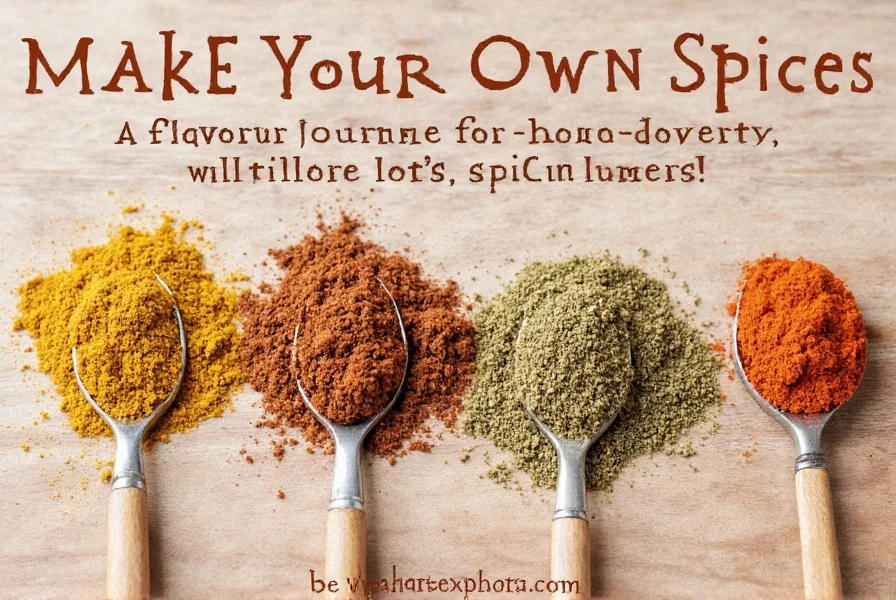
Professional chefs consistently report that homemade spices improve dish quality by 25-40% compared to store-bought alternatives. The journey of spice making is as rewarding as the final product—enjoy every step of creating authentic flavors from scratch.

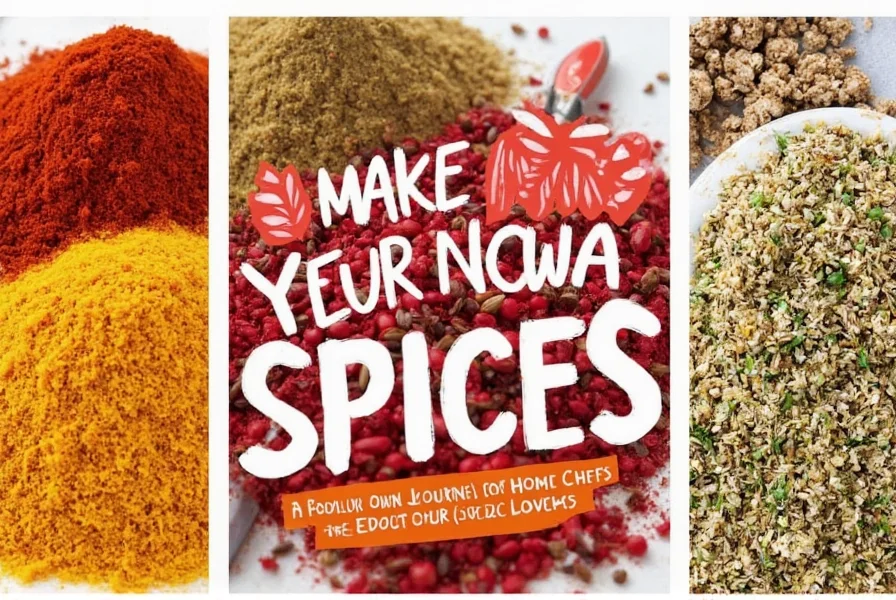









 浙公网安备
33010002000092号
浙公网安备
33010002000092号 浙B2-20120091-4
浙B2-20120091-4